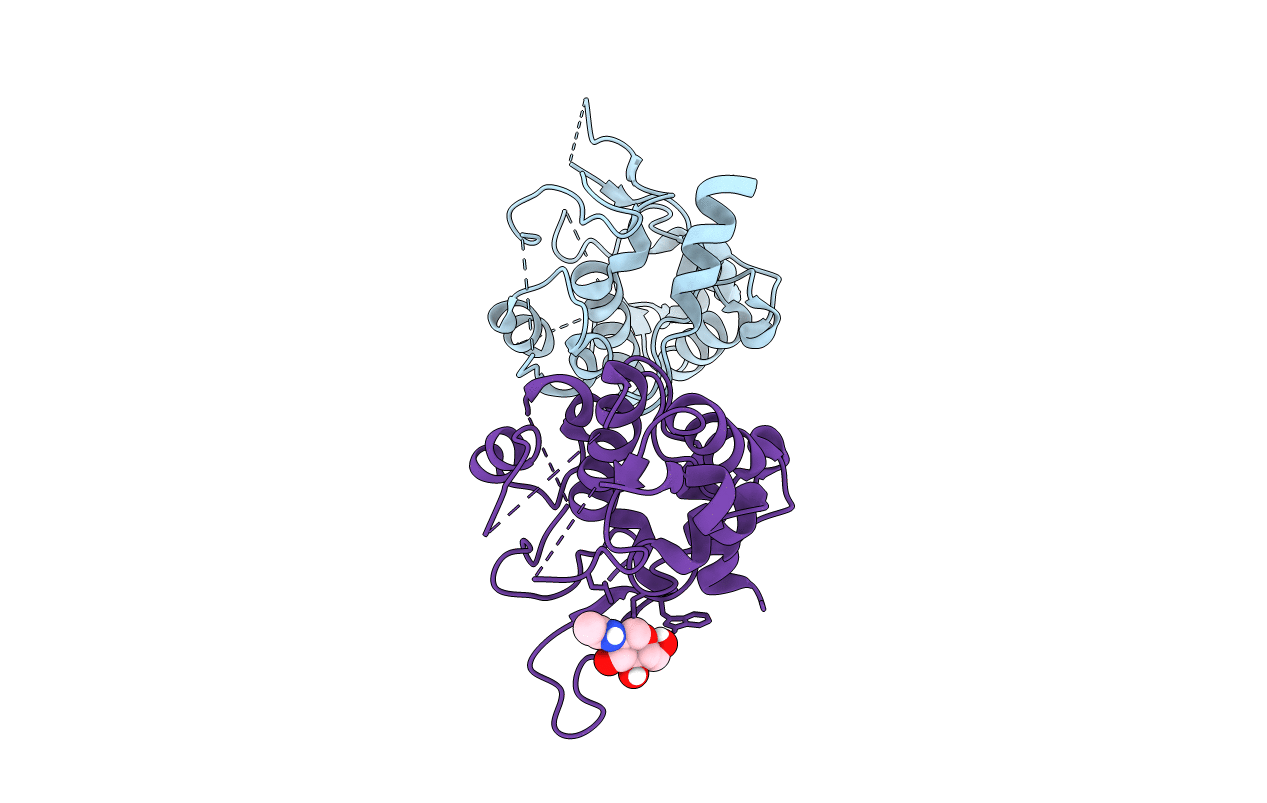
Deposition Date
2015-11-02
Release Date
2016-02-24
Last Version Date
2024-11-20
Entry Detail
PDB ID:
5EJN
Keywords:
Title:
Crystal structure of Juno, the mammalian egg receptor for sperm Izumo1
Biological Source:
Source Organism:
Mus musculus (Taxon ID: 10090)
Host Organism:
Method Details:
Experimental Method:
Resolution:
2.70 Å
R-Value Free:
0.24
R-Value Work:
0.23
R-Value Observed:
0.22
Space Group:
P 1 21 1


